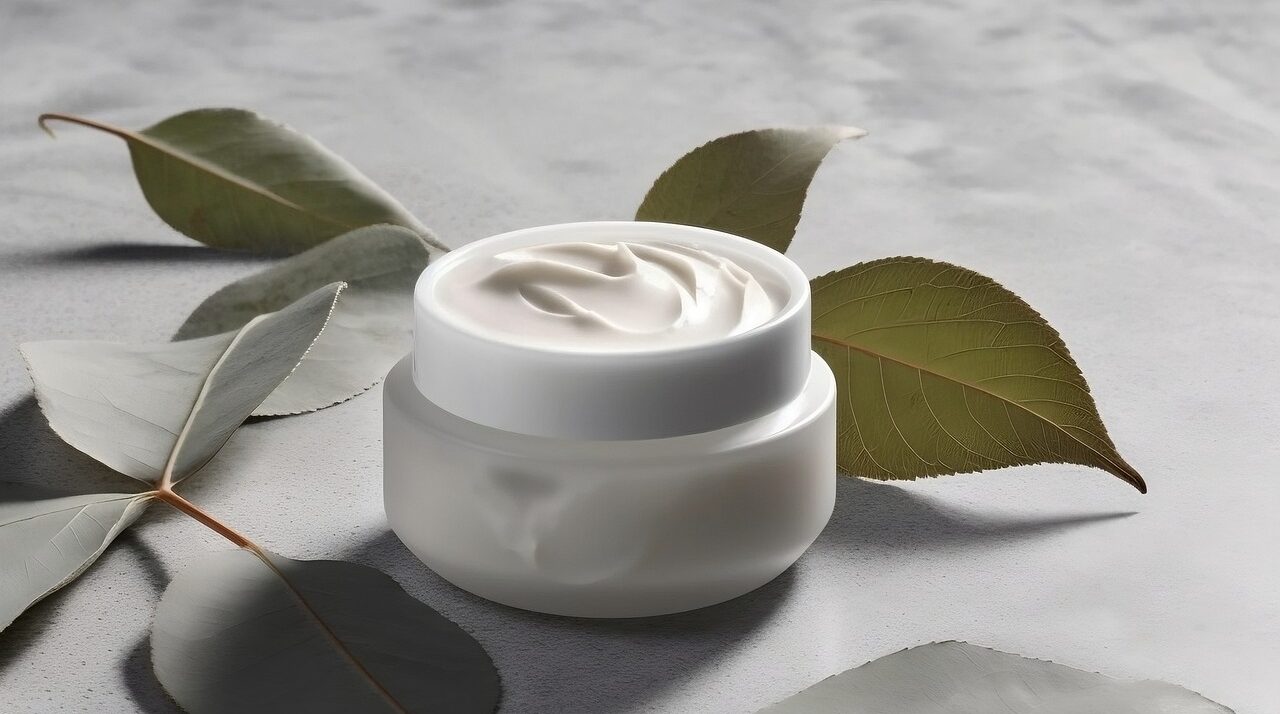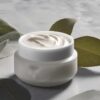1. Introduction:
Photodynamic Therapy (PDT) with Aminolevulinic Acid (ALA) is a therapeutic modality that harnesses the principles of photochemistry for the treatment of various dermatological conditions. Derived from the porphyrin pathway, ALA is a precursor to something magical – Protoporphyrin IX.
Protoporphyrin IX, is topically applied to the target area and subsequently activated by light, leading to localised cytotoxic effects.
2. Mechanism of Action:
Aminolevulinic acid is taken up preferentially by rapidly dividing cells, including certain neoplastic and pre-neoplastic cells. After application, ALA is metabolised to protoporphyrin IX, which accumulates in target cells. Upon exposure to specific wavelengths of light, protoporphyrin IX undergoes photoactivation, generating reactive oxygen species that induce cellular damage, apoptosis, and vascular shutdown.
3. Indications:
ALA-PDT has been employed in the treatment of various dermatological conditions, including:
- Actinic keratosis
- Basal cell carcinoma
- Bowen’s disease
- Acne vulgaris
- Psoriasis
- Photo rejuvenation
4. Clinical Efficacy:
Clinical studies have demonstrated the effectiveness of ALA-PDT in the treatment of actinic keratosis, with a high rate of lesion clearance and a favorable cosmetic outcome. Additionally, ALA-PDT has shown promise in the management of certain non-melanoma skin cancers, particularly superficial basal cell carcinoma.
5. Safety Profile:
ALA-PDT is generally well-tolerated, with adverse effects typically limited to the treated area. Common side effects include erythema, burning sensations, and transient edema. Hypersensitivity reactions are rare but should be considered, especially in individuals with known allergies to porphyrins.
6. Application and Procedure:
The procedure involves the topical application of ALA to the target area, followed by a specific incubation period to allow for ALA uptake. Subsequent exposure to light of an appropriate wavelength activates the photosensitiser, initiating the therapeutic process. The duration and intensity of light exposure may vary based on the specific condition being treated.
We recommended contacting our pharmacist to find out more regarding the application and activation of ALA under different light modalities.
References:
- Kennedy JC, Pottier RH, Pross DC. Photodynamic therapy with endogenous protoporphyrin IX: basic principles and present clinical experience. J Photochem Photobiol B. 1990;6(1-2):143-148.
- Morton CA, McKenna KE, Rhodes LE; British Association of Dermatologists Therapy Guidelines and Audit Subcommittee and the British Photodermatology Group. Guidelines for topical photodynamic therapy: update. Br J Dermatol. 2008;159(6):1245-1266.
- Braathen LR, Szeimies RM, Basset-Seguin N, et al. Guidelines on the use of photodynamic therapy for nonmelanoma skin cancer: an international consensus. International Society for Photodynamic Therapy in Dermatology, 2005. J Am Acad Dermatol. 2007;56(1):125-143.


